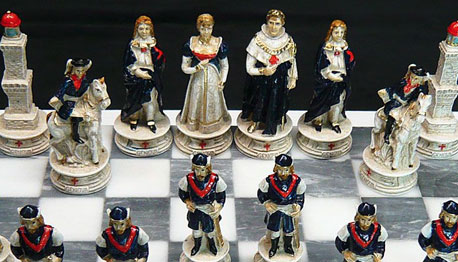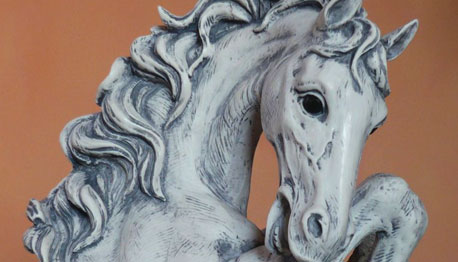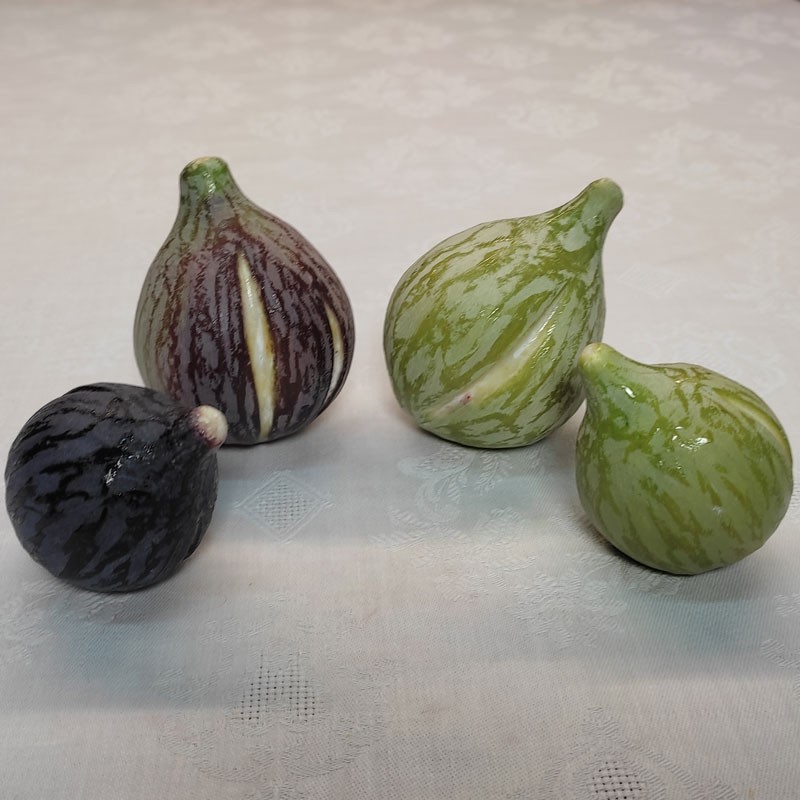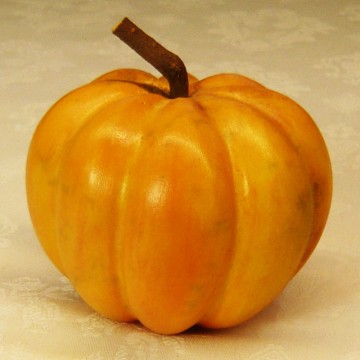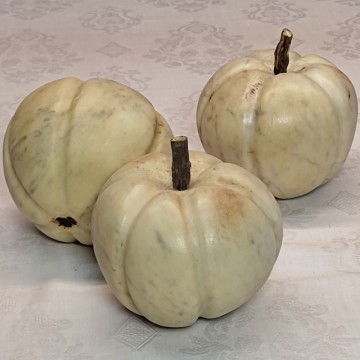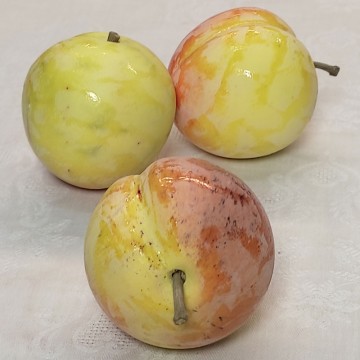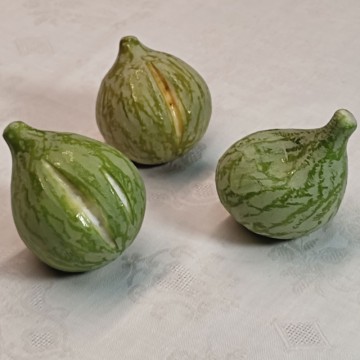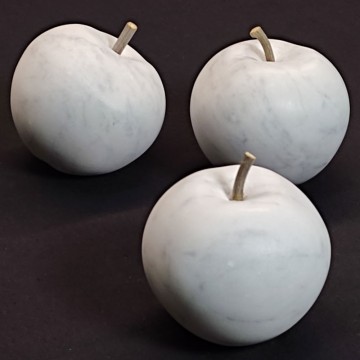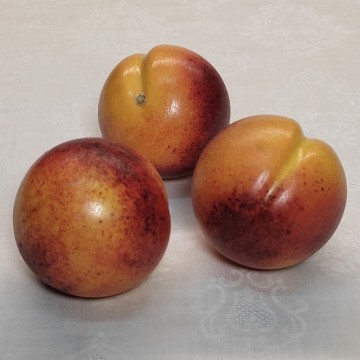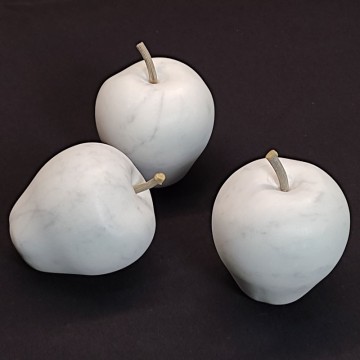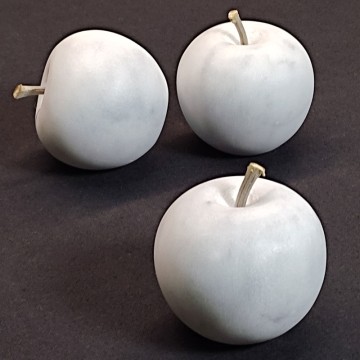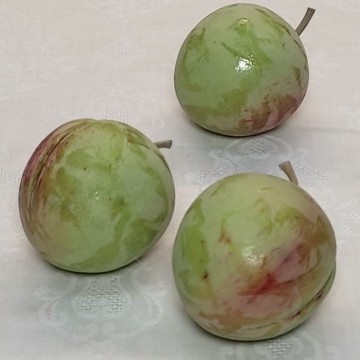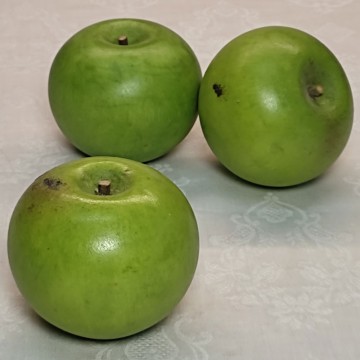The 'Ficus carica' plant has very ancient origins that place it in the Middle East. The epithet 'carica' itself refers to its origins in Caria, a region in Asia Minor. Evidence of its cultivation can already be found in the early agricultural civilisations of Palestine and Egypt and later throughout the Mediterranean basin.
After the discovery of America, it also spread to that continent, then to South Africa, China, Japan and finally Australia.
Today, figs are cultivated in many countries: the United States, Greece, Turkey, Spain, Portugal and Italy are the main ones.
In fact, what we call fig fruit is technically an infructescence, while the real fruit is inside, what we commonly call seeds.
Although originating in Asia, figs can be considered one of the Mediterranean's food treasures. Cultivated since ancient times in Egypt and Mesopotamia, fig trees have become a common feature of the Mediterranean landscape and their fruits, both fresh and dried, are widely used in sweet and savoury culinary preparations.
Well-known is the saying 'to make a wedding with dried figs', the meaning of which is to want to do something without having the necessary means.
About 700 varieties are cultivated, with white-green-yellow skin, green-skinned, green-skinned with violet hues, light violet and dark violet skin. The dark-skinned varieties are mainly eaten fresh or processed into jams. The white-skinned varieties are mainly intended for drying as well as for fresh consumption. Among the most prized white varieties is the Dottato, cultivated in Central Italy, the South and the Islands, with a rather intensive production in the Cosenza area.
.
At the foot of the Apuan Alps, Carrara is unique in the world for its marble quarries. The “white gold of the Apuan Alps”: this is how the marble of Carrara is defined, a precious stone with which important works have been realised and that has made this town, for centuries devoted to its extraction and processing, great.
One of the first people to venture into marble quarrying were the Romans who, by inserting beams of fig wood inside natural fissures in the rock, filled these with water until they were completely impregnated and caused the rock to split. This extraction technique remained unchanged, if not with minor variations, until the Renaissance when Michelangelo began to frequent the Carrara area to directly choose the raw material for his works: it was from Carrara, transported along the Arno, that the block from which the Maestro sculpted the famous David came.
Marble thus became an important raw material for the construction, furnishing and decoration of public buildings and patrician residences.
Even today, skilful artists and craftsmen still work this material with mastery, creating stupendous works of art and decorative objects that become true furnishing accessories.





